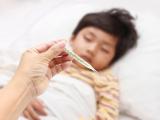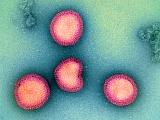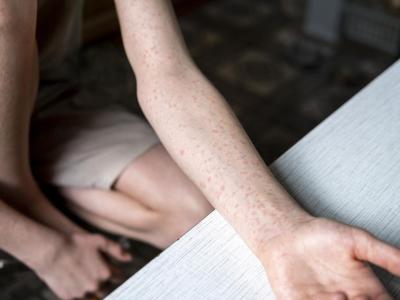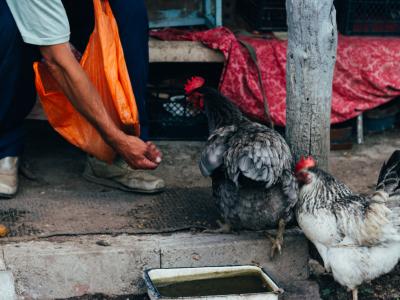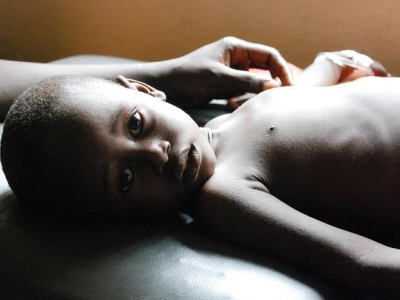Nov 3, 2009 (CIDRAP News) – The World Health Organization (WHO) said its team arrived in the Ukraine last night and met with the country's health ministry today to discuss a dramatic spike in flulike illnesses and deaths, particularly in the western part of the country.
The Ukrainian health ministry has recorded more than 250,000 flulike illnesses, of which 235 patients needed treatment in intensive care units, the WHO said in a statement today. As of yesterday, 70 deaths had been reported.
The high level of illnesses activity and severe cases, combined with reports of hemorrhagic pneumonia cases, have raised some speculation that the virus might be behaving differently in the Ukraine, but further testing is just getting under way.
Laboratory testing at labs in the Ukraine have confirmed the pandemic H1N1 virus in samples taken from patients in two regions, the WHO said, adding that because the pandemic virus has become dominant throughout the world, most of the Ukrainian respiratory illnesses are probably caused by the novel H1N1 strain.
Though the highest illness rates have been seen in the western part of the country, illness activity is increasing rapidly in Kiev, the WHO reported.
The WHO's field investigation team will start in the Lviv region, where the number of cases of severe respiratory illness has been especially high. Virologists from the WHO have started working with Ukrainian scientists at the National Influenza Centre and the Central Sanitary and Epidemiological Station, both in Kiev.
Ukraine's health ministry has sent viral samples to the WHO collaborating center in London, where laboratory experts will conduct confirmatory tests and further characterize the virus.
The outbreak raises several questions and may provide clues about how the virus will circulate in the Northern Hemisphere during the winter months, particularly in areas such as Eastern Europe that have healthcare challenges.
The WHO commended Ukrainian officials for their transparent reporting and open sharing of viral samples. It also said border closures and international travel restrictions are not warranted.
Lawmakers in the Ukraine today approved legislation freeing up $1 billion UAH (about $131 million) in reserve funds for flu response actions, according to a report from UNIAN, the country's independent news agency.
The country's head sanitary inspector today, in a television interview, denied that the country was experiencing an outbreak of pandemic flu and said only 14 cases had been confirmed, including three deaths, according to another UNIAN report today.
Meanwhile, two of Ukraine's top leaders, who are opponents in a January presidential election, scrambled to respond to the flu outbreak, UNIAN reported. President Victor Yuschenko instructed the military to prepare portable military hospitals, and Prime Minister Yulia Tymoshenko promised to provide all of the country's residents with masks to reduce their flu exposure.
An official from the Ukraine's flu and respiratory disease center, Oleksandr Hrynevych, today projected that pandemic H1N1 vaccination could begin in a month or two after regulators approve two vaccines that are undergoing testing, according to a report from the National Radio Company of Ukraine (NRCU). He said the vaccine supply will come from the WHO and from individual country donations.
A warden message posted on the US State Department's Ukrainian embassy Web site said US officials are aware of the outbreak and are monitoring the situation. Though the country has imposed several social-distancing measures, such as a 3-week school closure, Ukrainian officials have told the State Department that no general quarantine is in effect.
The US embassy said that, because of legal restrictions and lack of resources, it is not able to provide private citizens with pandemic supplies, medication, medical treatment, or medical advice.
See also:
Nov 3 WHO pandemic update on pandemic flu in the Ukraine
UNIAN Web site
http://unian.net/eng/
Nov 3 NRCU report



